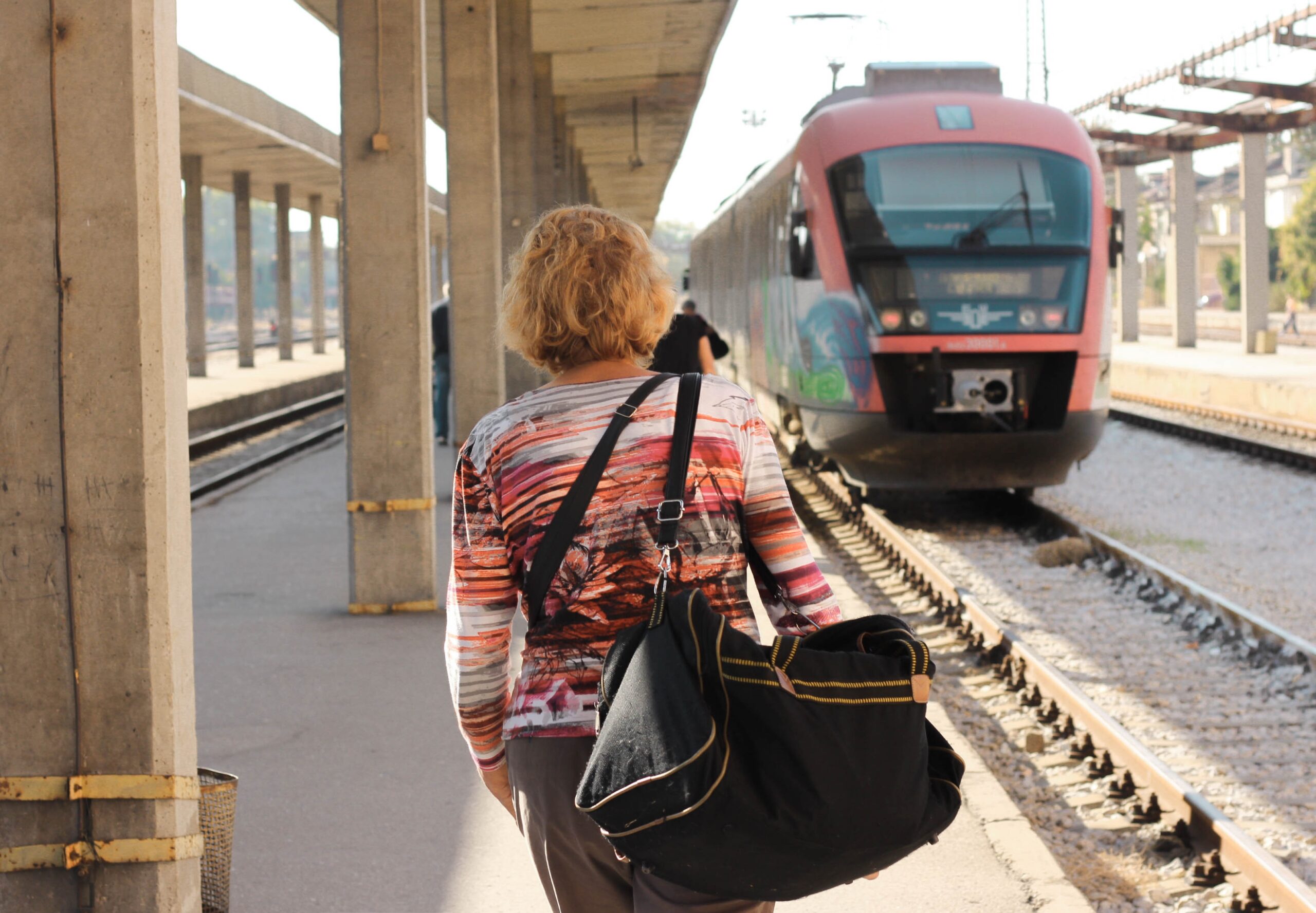Preventing Blood Clots While Traveling: Tips and Tricks
Are you planning a long-haul flight or road trip? While traveling can be exciting, it also comes with some health risks, including blood clots. Also known as deep vein thrombosis (DVT), blood clots can form in the legs or arms when blood flow is restricted, leading to serious health complications. Fortius Physiotherapy’s Riddhi Patel, PT offers us some tips on how to prevent something potentially dangerous from occurring.
Why is traveling a risk factor for blood clots?
Prolonged sitting or immobility during travel can cause blood to pool in the legs, increasing the risk of clotting. Other factors, such as dehydration, cramped seating, and poor circulation, can also contribute to the formation of blood clots.
How can we prevent blood clots while traveling?
- Stay hydrated: Drink plenty of water throughout your journey to prevent dehydration. Avoid sugary drinks and caffeine, which can exacerbate dehydration.
- Move regularly: Get up and move around every hour or two to improve circulation and reduce blood pooling. Even a short walk up and down the aisle can make a difference or simple exercises such as ankle pumps.
- Exercise your legs: Do some simple leg exercises, such as ankle rotations, toe curls, and knee lifts, to keep your blood flowing.
- Wear compression socks: Compression socks can help improve circulation and reduce swelling in the legs.
- Avoid tight clothing: Wear loose, comfortable clothing that won’t restrict blood flow.
- Consider a blood clot prevention kit: Some airlines and travel companies offer blood clot prevention kits, which usually include compression socks and exercises to help prevent clots.
What can you do if you experience symptoms of a blood clot?
If you experience any of the following symptoms, seek medical attention immediately:
- Swelling, redness, or warmth in the legs or arms
- Pain or tenderness in the legs or arms
- Shortness of breath or difficulty breathing
- Chest pain or discomfort
By following these simple tips, you can reduce your risk of developing blood clots while traveling. Remember to stay informed, stay active, and prioritize your health to ensure a safe and enjoyable journey and have fun!!
Riddhi Patel, PT
Fortius Physiotherapy and Wellness

